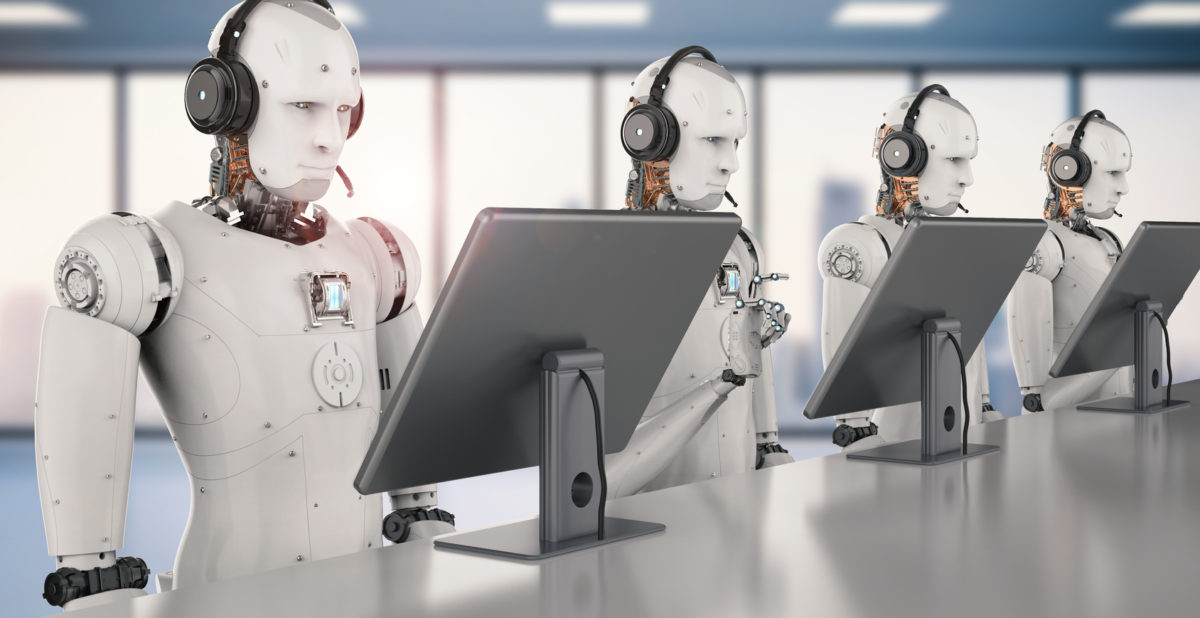The future of coding is here, and it will barely involve any coding at all. How? It is called low-code development. Low-code is a visual way of developing software applications and allow business users to create applications that are needed themselves, instead of having to hire an expensive developer.
Low-code has been evolving rapidly over the last couple of years. Mendix, one of the leading platforms in low-code, was only established in 2005. On October 1st, Mendix was officially acquired by Siemens for $730 million. Another example is UiPath, a platform that allows users to build and deploy low-code robots in an enterprise environment. This September, UiPath was valued at $3 billion. These are just two of many platforms that allow users to develop applications with a limited knowledge of coding.
However, low-code development can sometimes involve some type of coding, especially when applications become more complex. Therefore, most of the applications that are developed by business users will not be very complex. A combination of a skilled developer, to build the complexities of the application, and a business developer, to create the overall framework is used often. This significantly reduces the time to market and the development costs. If all of this is true, then why is there still a large portion of companies that do not make use of low-code development? Forbes (2017) states that it is due to three parties that have resistance against low-code:
- System integrators that rely on keeping junior developers busy and billing clients for their time.
- IT-departments that fear for their credibility when low-code reveals that the years where software development took several months and millions to complete are over.
- Enterprise DevOps-teams that consist of coders that love to code. They fear that they will not be relevant any more as low-code matures even further. However, the code behind low-code still needs to be developed. Therefore, vendors of low-code still need skilled software developers.
While this resistance will undoubtably continue, companies are increasingly becoming software driven. Therefore, it is necessary to leverage the capabilities that your staff has through these low-code applications.
Sources:
- https://www.mendix.com/blog/siemens-to-acquire-mendix/
- https://techcrunch.com/2018/09/18/uipath-lands-225m-series-c-on-3-billion-valuation-as-robotics-process-automation-soars/?guccounter=1
- https://www.forbes.com/sites/jasonbloomberg/2017/07/20/the-low-codeno-code-movement-more-disruptive-than-you-realize/#64c2727e722a


